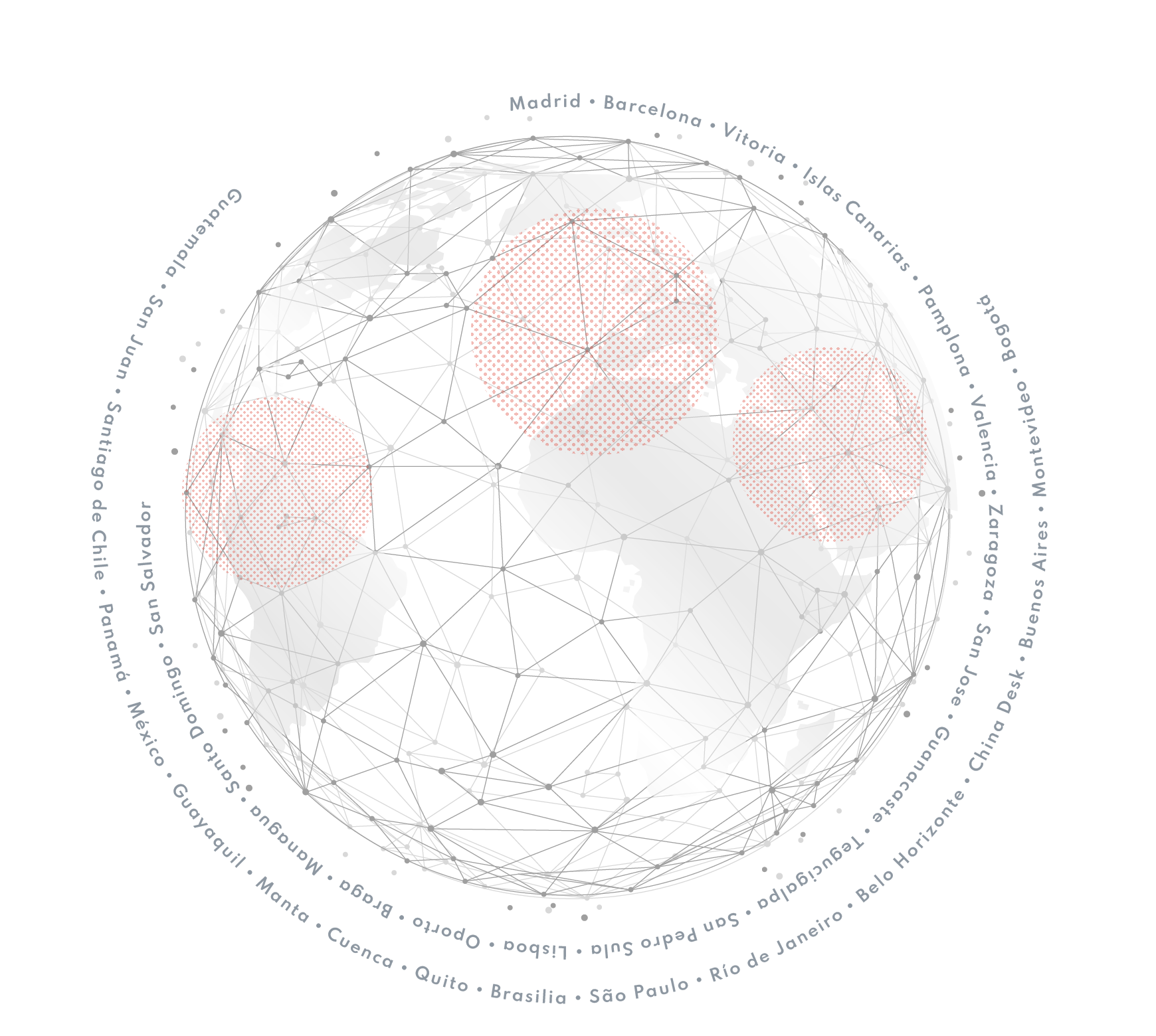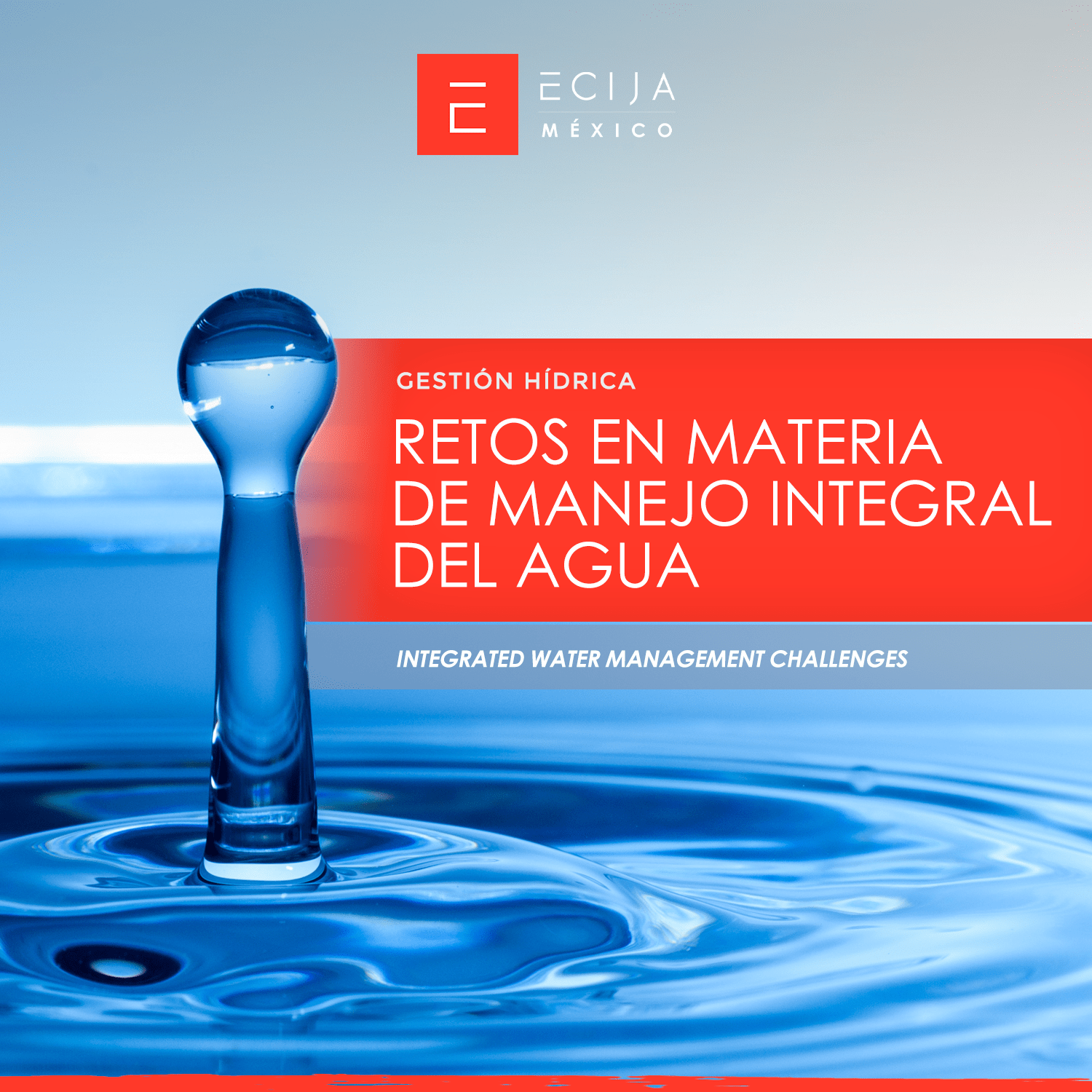Nearshoring in Mexico: environmental challenges and opportunities for sustainability
The rise of nearshoring in Mexico offers a promising outlook for economic strengthening, attracting significant investment and creating new employment opportunities. However, this industrial relocation also introduces crucial challenges in resource management, particularly concerning water. Alarmingly, 67.08% of the territory experiences moderate to extreme drought conditions, making water availability a central issue for the sustainability of various sectors. Given this situation, there is an urgent need for rigorous regulation and a sustainable strategy to ensure compliance with environmental obligations and optimize water usage.
Nearshoring is a business strategy involving the relocation of production centers for goods and services to locations nearer to their target market. This approach helps reduce costs, integrate supply chains, and optimize production processes. Additionally, the country receiving these relocated companies benefits from increased investment, which contributes to economic development and job creation.
According to the Inter-American Development Bank (IDB), Mexico stands out as the Latin American country with the most significant opportunities in this area, potentially adding US$35.3 billion annually to its economy from the export of goods alone (IDB, 2022).
Nearshoring has gained such importance in our country that the Ministry of Finance and Public Credit has published a decree to promote investment in this trend.[1] This decree provides tax incentives for companies seeking to relocate to Mexico and covers ten key sectors of the Mexican economy[2] .
However, to capitalize fully on the benefits of nearshoring, Mexico confronts substantial environmental challenges and opportunities. We will address these challenges in the sections below, organized by topic, starting with a series focused on water management.
SERIES 1: Integrated Water Management Challenges
Extreme weather events, including widespread droughts and shorter but more intense rainfall periods, are intensified by climate change, particularly in the northern regions of the country (Tamaulipas, Chihuahua, Sonora, Nuevo León, and Coahuila). These areas are of interest for the establishment of nearshoring companies.
For example, according to the National Water Commission (CONAGUA), as of September 15, 2023, the percentage of areas experiencing moderate to extreme drought nationwide stood at 67.08% (CONAGUA, 2023), one of the highest rates recorded in recent years. This lack of a consistent and sufficient water supply directly impacts sectors that rely on this resource, especially agriculture and manufacturing.
An intriguing opportunity emerges in significantly improving treatment systems (both public and private) to utilize the wastewater volumes discharged from various production centers and cities. This strategy includes capitalizing on discharges from industrial hubs in the northern part of the country, encompassing areas such as the metropolitan region of Monterrey, Saltillo-Ramos Arizpe, and La Laguna.
To enhance wastewater treatment systems, it is crucial that the companies involved adhere to the specific regulations applicable to them. Therefore, it is helpful to identify the types of existing wastewater discharges before discussing the corresponding responsibilities.
Initially, it is important to note that there are federal, state, and municipal wastewater discharges. Wastewater released into a national body of water (soil, lake, river, sea, etc.) falls under federal jurisdiction and is regulated by the National Water Law.
Discharges into any form of drainage or sewage system come under the jurisdiction of the state or municipality (the specific governance depends on the terms of collaboration agreements established between these governmental entities).
This document will concentrate on outlining the obligations applicable to discharges into receiving bodies under federal jurisdiction, as these are subject to the most comprehensive regulation.
Main obligations and requirements for discharges to bodies under federal jurisdiction
- Obtaining a Concession Title.
- Obtaining a Federal Land Occupancy Permit (only when the installation of such discharges will pass through any land with such characteristics).
- Obtaining a Permit to carry out water infrastructure works.
- Obtaining a Wastewater Discharge Permit.
- To make the corresponding payment of rights.
- Inform the National Water Commission (“CONAGUA”) of any modification or change in the wastewater processes.
- Comply with the various Mexican Official Standards (NOM-01-SEMARNAT-2021, NOM-003-SEMARNAT-1997, etc).
- Notify CONAGUA when wastewater is discharged accidentally over receptors.
- Submit reports on the volume of water discharged, as well as water quality monitoring.
- Submit reports:
- Quarterly: on the volume and monitoring of wastewater.
- Biannual: displaying a chronological analysis of discharged water.
- In the case of water for industrial use in mining: daily measurements must be taken and reported in monthly reports.
- Report through the Annual Operation Card (“COA”) the annual discharges. It is important to remember that the COA must be submitted between March 1 and June 30 of each year), where information must be reported:
- Of the type of discharge.
- Number of downloads.
- Discharge source.
- Name of the receiving body.
- Hydrologic Region where the discharging water body is located.
- In-house wastewater treatment.
- Sampling ports.
- Submit a report every two years containing chronological analyses and indicators of discharge water quality performed in a laboratory certified by the Mexican Institute of Water Technology.
It should also be noted that if a facility utilizes third-party services for its wastewater treatment (for instance, a unit located within an industrial park), the third party will be required to obtain a water discharge permit. However, the responsibility derived from such discharges will be shared jointly and severally among all the generators of such emissions. Therefore, it is important for companies situated and operating within these parks to understand the full extent of their responsibilities.
However, depending on the specifics of the production processes, CONAGUA may establish unique discharge conditions. Additionally, there are declarations classifying rivers or bodies of water where CONAGUA subjects wastewater discharge to stipulated conditions. An example of this is the classification declaration of the Atoyac, Xochiac, or Hueyapan rivers and their tributaries, published in the Official Gazette of the Federation on July 6, 2011.
Given this, it is imperative that regulated entities comply with the relevant regulations to avoid civil, criminal, administrative, and environmental liabilities, thereby ensuring the uninterrupted operation of their activities. This compliance reaffirms their commitment to protecting the environment and the communities in which they operate.
We remain at your disposal for any questions or doubts that may arise.
________
Sustainability and Environment Area of ECIJA Mexico
________
[1] Publication of the Official Gazette of the Federation dated October 11, 2023.
[2] The main beneficiaries are highly exporting companies (annual exports of at least 50% of their total turnover) belonging to the sectors of electronic components, semiconductors, batteries, motors, electrical/electronic equipment, fertilizers, pharmaceuticals, agribusiness, medical instruments, cinematography. The benefits are the accelerated investment deduction, which varies from 56% to 89% in 2023 and 2024. In addition, an additional deduction of 25% is guaranteed for three years for worker training expenses, focusing on the development of human capital.






